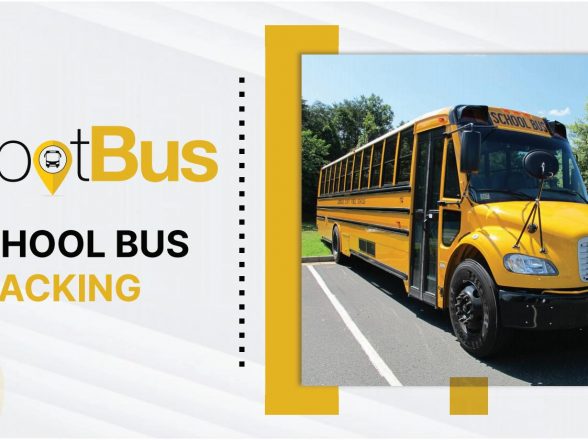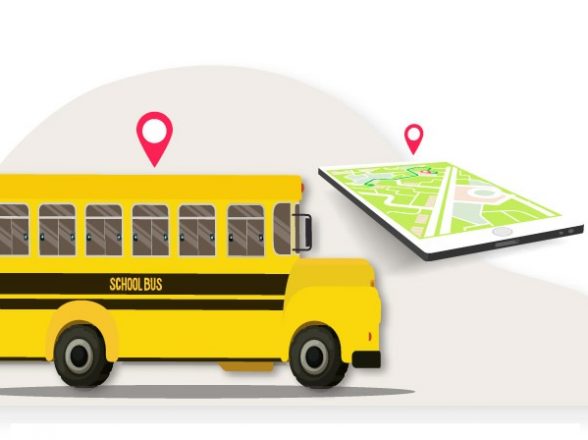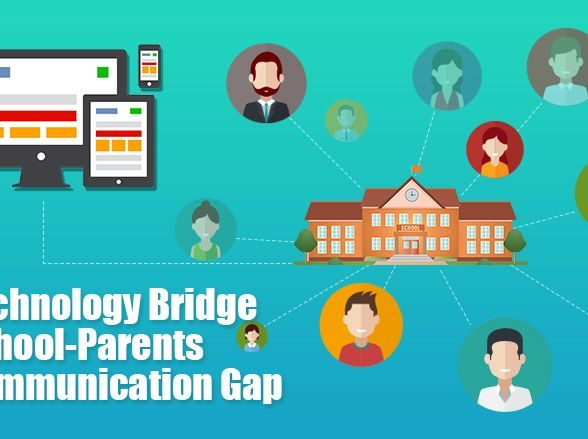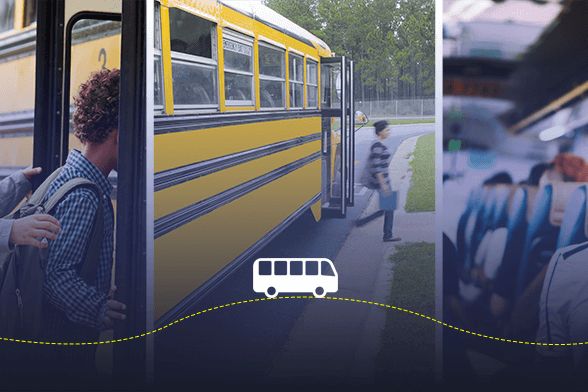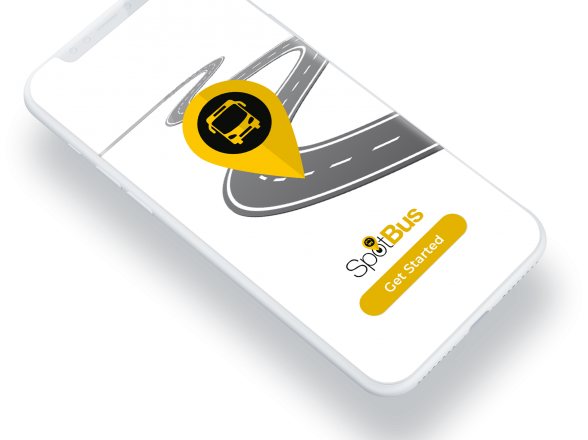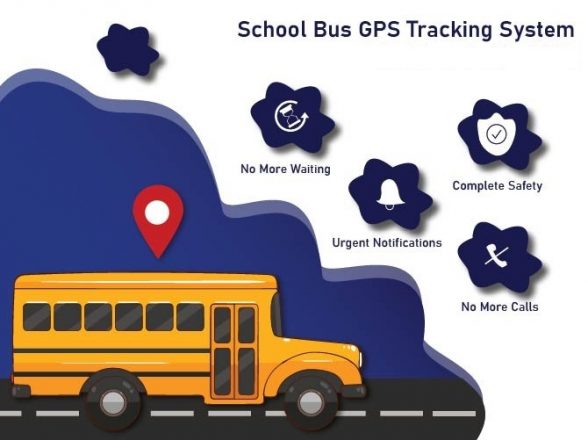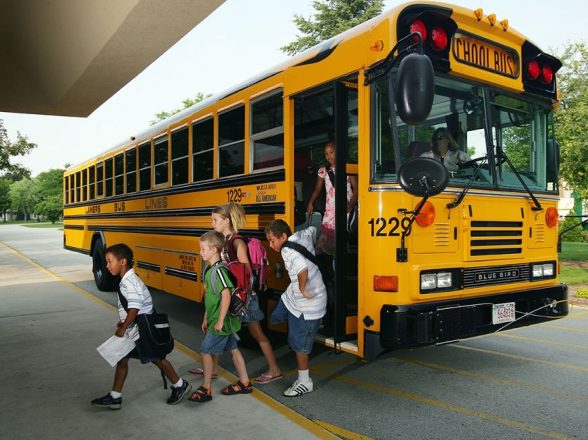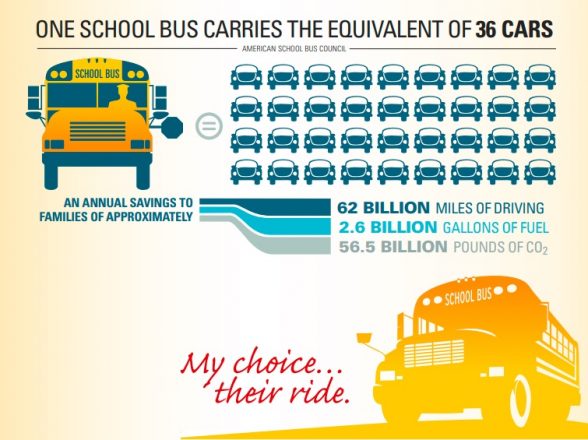Enhancing Student Safety with Live GPS Tracking on School Buses
Ensuring the safety of students during their daily commute to and from school is a top priority for parents, educators, and school administrators. The traditional methods of monitoring school buses, relying on bus drivers’ reports and manual attendance taking, are becoming obsolete. Enter the era of live GPS tracking, a technology that revolutionizes how we track students on school buses, offering real-time visibility and enhanced security.
The Need for Student School Bus Tracking
The daily journey of students on school buses can be fraught with uncertainties and potential risks. Parents often worry about whether their children have safely boarded the bus, arrived at school, or reached home on time. Schools face the challenge of managing attendance and ensuring that all students are accounted for during transit. Student school bus tracking addresses these concerns by providing a reliable and efficient solution.
How Live GPS Tracking Works
Live GPS tracking systems are designed to offer real-time location data of school buses. These systems typically consist of GPS devices installed on the buses, connected to a central monitoring platform accessible to school administrators and parents. Here’s how the process works:
- GPS Devices on Buses: Each school bus is equipped with a GPS device that continuously transmits location data to the central server.
- Central Monitoring Platform: The real-time data from the buses are collected and displayed on a web-based or mobile platform. This allows school administrators to monitor the buses’ routes, stops, and speeds.
- Parent Access: Parents can access the tracking information through a dedicated app or web portal, giving them real-time updates on their child’s bus location and estimated arrival times.
- Alerts and Notifications: The system can send automatic notifications to parents and school officials if a bus deviates from its route, encounters delays, or if there are any emergencies.
Benefits of Live Tracking for School Buses
Implementing live tracking for school buses offers numerous benefits, making it an indispensable tool for modern schools:
1. Enhanced Safety and Security
Real-time tracking ensures that school authorities and parents can monitor the buses’ location and movement, enhancing the safety and security of students. In case of emergencies, the exact location of the bus is immediately available, facilitating quicker response times.
2. Improved Attendance Management
Live tracking of students can be integrated with attendance systems, automatically recording when students board and leave the bus. This eliminates the need for manual attendance taking and reduces the chances of errors. Automated attendance tracking ensures that no student is left behind or unaccounted for.
3. Peace of Mind for Parents
With access to real-time bus tracking, parents can plan their schedules better and avoid unnecessary anxiety about their child’s whereabouts. They receive timely notifications about the bus’s arrival and departure, ensuring they are informed of any delays or changes in the route.
4. Operational Efficiency for Schools
Schools can optimize bus routes and schedules based on the data collected from the GPS tracking system. This leads to more efficient use of resources, reduced fuel consumption, and cost savings. Additionally, the data can help in assessing and improving the performance of bus drivers.
5. Reduced Unauthorized Use
Live GPS tracking deters unauthorized use of school buses. Any deviations from the scheduled routes or unauthorized stops can be detected and addressed immediately, ensuring that the buses are used strictly for their intended purposes.
Implementing a Live Tracking System
To successfully implement a live tracking system for school buses, schools need to consider several factors:
1. Choosing the Right GPS Tracking Solution
Selecting a reliable GPS tracking solution is crucial. The system should offer real-time tracking, easy integration with existing school management systems, and a user-friendly interface for both administrators and parents. Some popular options include GPS-enabled tablets, dedicated tracking devices, and comprehensive fleet management software.
2. Training for Staff and Drivers
Proper training is essential to ensure that school staff and bus drivers are familiar with the tracking system. They should know how to operate the devices, respond to alerts, and communicate effectively with parents and school administrators.
3. Communication with Parents
Clear communication with parents about the benefits and usage of the live tracking system is important. Schools should provide detailed information on how to access the tracking platform, set up notifications, and whom to contact in case of issues or emergencies.
4. Ensuring Data Privacy
Protecting the privacy of students and their data is paramount. Schools must ensure that the tracking system complies with relevant data protection regulations and that access to the tracking information is restricted to authorized personnel and parents.
Case Studies: Success Stories
Several schools have successfully implemented student school bus tracking systems, resulting in significant improvements in safety and efficiency. For instance, a school district in California reported a 30% reduction in bus-related incidents after introducing live GPS tracking. Parents appreciated the transparency and peace of mind, while the school administration benefited from streamlined operations and better attendance management.
In another example, a school in Texas integrated their tracking system with a mobile app that allowed parents to receive push notifications about their child’s bus status. This initiative not only improved parent satisfaction but also reduced the number of phone inquiries to the school office, freeing up staff to focus on other important tasks.
The Future of Student Transportation
The adoption of live tracking for school buses is just the beginning of a broader trend towards smarter and safer student transportation. Future developments may include the integration of AI and machine learning to predict and prevent potential issues, advanced analytics for route optimization, and enhanced communication tools for real-time updates and emergency response.
As technology continues to evolve, schools have the opportunity to leverage these advancements to provide a safer, more efficient, and transparent transportation system for their students. The combination of live GPS tracking, automated attendance systems, and robust communication platforms will ensure that students are not only accounted for but also protected throughout their journey to and from school.
Conclusion
In conclusion, live GPS tracking for school buses is a game-changer in ensuring the safety and security of students. By offering real-time visibility, improved attendance management, and peace of mind for parents, this technology addresses the key concerns associated with student transportation. As more schools adopt these systems, we can expect a significant enhancement in the overall efficiency and reliability of school bus operations, making the daily commute a safer and more pleasant experience for students and their families.



